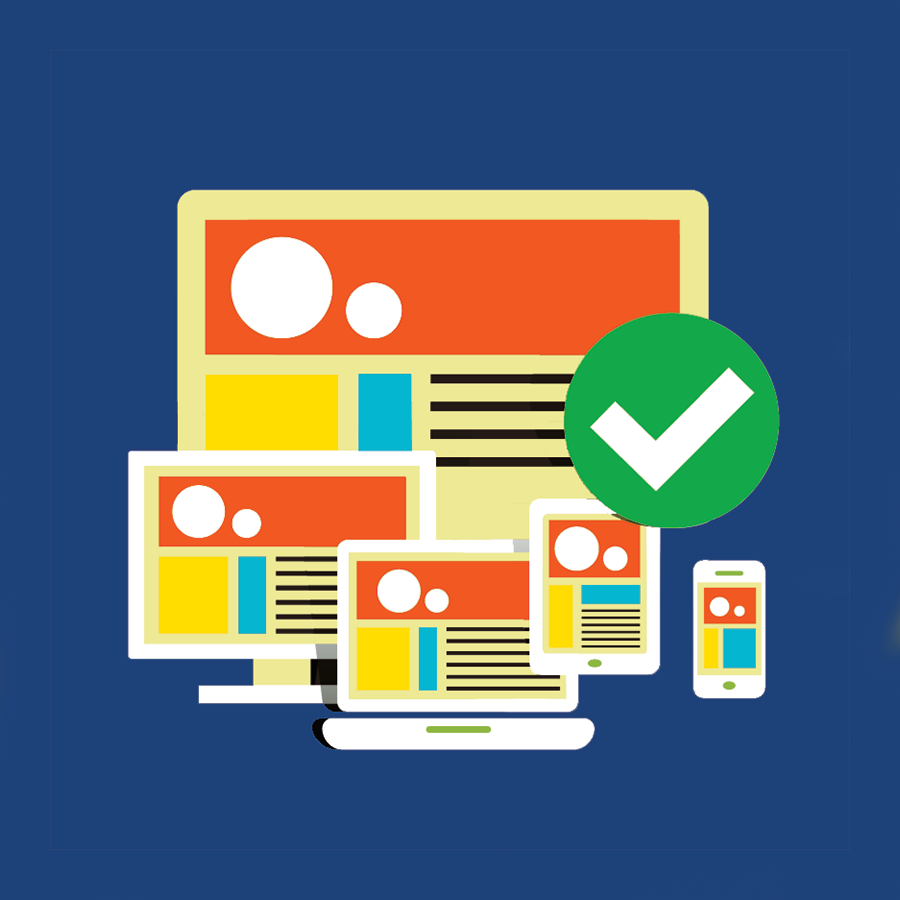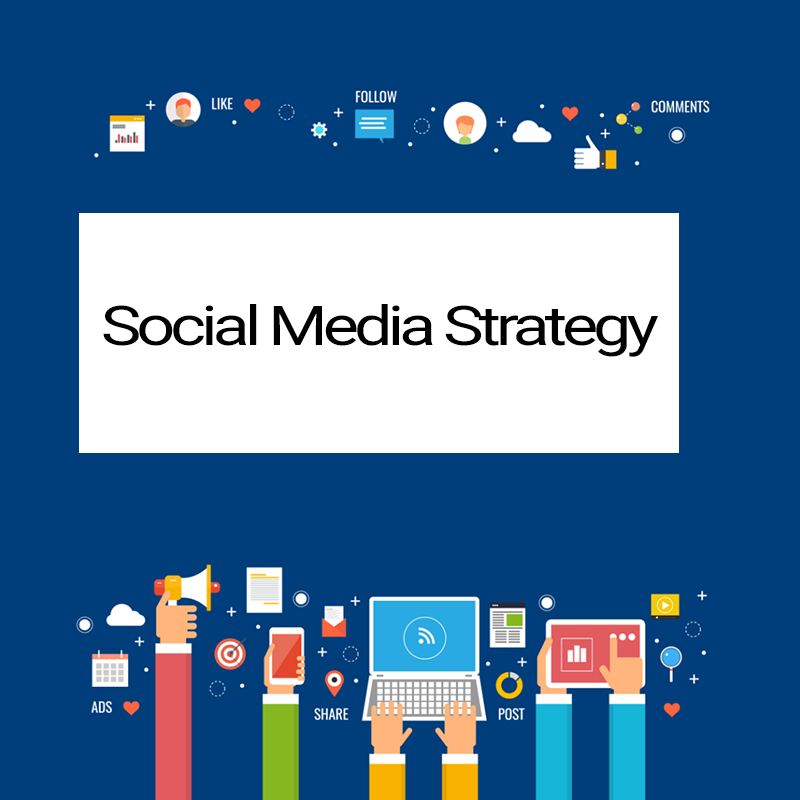Accessibility in the age of Coronavirus
By Margaret Cooney, Director, Partnerships & Innovation
Accessibility
From remote working to video calls, we’re all relying on technology more than ever at the moment. But not everyone is benefitting, says Margaret Cooney.
Strange Days
Spring 2020 will be remembered as the strangest of times and not just because of the virus. One thing it did was hurtle many people into a future where living life online became the norm; whether it was to do our jobs, access help and support from essential services, help the kids to do their schoolwork or stay in touch with family and friends.
Technology, as my 90-year-old Mum observed, has been the saviour for people that have it and can use it although, as she pointed out, it isn’t much use to someone like her.
The tech analyst, Ben Evans predicts that the post COVID world will undergo a ‘vast, forced public experiment’ as we get used to the new technologies we’ve been forced to use during the crisis and align our behaviours in the workplace and our private lives to them, finding out which one suits us best.
Forced adoption for whom?
Not everyone is fortunate enough to be digitally connected though, and there is still a serious digital divide in the UK, which will continue to affect certain groups of people in society long after the lockdown is over. On the wrong side of that divide are people on lower incomes, the elderly, and people with disabilities.
Helen Milner, CEO of the Good Things Foundation says there are currently 11.9m people in the UK lacking the essential digital skills for life. That means that one in five people struggle to communicate, search for health information, or access government services online. And as we know social exclusion correlates closely with digital exclusion, with COVID 19 only deepening the fault lines in our society. For those people who are excluded, technology has not been a great unifier during this time of crisis, and they are likely to be more isolated if things don’t change.
One citizen + three separate interactions = not good enough
As one of the lucky ones who has enough digital skills, and access to a laptop and smartphone, I am perhaps better prepared than most for the period of ‘forced adoption’ we may undergo when this is over. I will get more used to shopping online, accessing government and health services, as well as collaborating with colleagues through digital channels.
A couple of things have happened to me recently though, that made me realise there is a very long way to go before we can interact with digital services, simply and easily and in a way that is genuinely inclusive.
Gov.uk is often held up as a model of good practice; a national government that has successfully transformed the way it uses a digital service to support its citizens. My own recent experience showed me that it is that it is far from the ideal, user friendly interaction it could and should be. Just prior to lockdown I had to renew my passport, my driving licence and sign on to the HMRC self-assessment gateway. Gov.uk might be a good shop window and brilliant at laying out information, but behind the façade, things are confusing and not at all joined up. I had to go through separate portals.
In fairness, the Passport Service was great at keeping me informed, and I got a passport I will now not be able to use any time soon, very quickly. (I will confess that I paid the post office to deal with DVLC and the Passport Office because it just seemed like too much hassle. I was lucky to be able to afford this but not everyone is in that position). The thought of the nightmare that lies ahead with HMRC fills me with dread because they still think I’m using an agent to file my tax returns, and I can find absolutely no advice or support about how to tell them that this is no longer the case.
What must this be like for the people on the wrong side of the digital divide or who isn’t digitally literate?
Portals of doom
Another thing I’ve been doing during lockdown, is helping the CEO of a social enterprise I’ve just joined as a Board Director, to make funding bids.
This has meant filling in many online forms, for a number of different funding bodies. Now, I used to work for a funding body, and know that world a bit. Funders tend to know each other too, and talk a lot, so I find it extraordinary that the quality of online forms hasn’t improved much since I left about seven years ago.
Every form was different, some were poorly laid out, and I either lost information because their portals timed me out without reminding me to save, or I had to attempt to print off useless PDFs to review information, or sometimes sign forms. A couple of funders gave me no option to save final information for my own records, so I resorted to cutting and pasting into another document.
If funders can collaborate on getting out emergency support funds during the crisis, (which is admirable), they can surely adopt a standard for designing forms that enables the applicant and not hampers them.
They may have different criteria for different pots of money, but the basic input for most applications is broadly the same. It doesn’t have to be like this. And they need to think about accessibility too. Some of these forms would be impossible to complete for someone with a disability.
Be more Viking!
Why can’t we be more like Denmark, where everyone has a unique national ID number for government services and a digital post box? It looks a lot like Gov.UK, but everyone has to use it and it is and personalised. You can apply for an exemption if it isn’t possible to interact with the government this way, and they have ways of supporting exempted categories. It would make the user interaction a lot easier, and the personalisation aspect would mean that as a citizen, you can keep the government updated on your circumstances.
Design better forms!
A good form connects the user to your service, and it shouldn’t be a horrible experience. It’s such an easy fix. For funders, I would suggest collaboration on some kind of standard form that is clear about the input required and enables the applicant to submit their application easily and with support, if required.
Before designing a form they could start by asking questions like:
What difficulties might someone with a disability have using the form?
Does the user have a clear indication of what data is expected for input?
Is the form easy to understand quickly?
Can they use the keyboard to complete the form?
Find a way of getting rid of PDF’s please?
No more excuses
If I think using Government digital services or completing forms is difficult, then my PILAO associate, Gary McFarlane will soon have a blog up on here about what it is like to do this as someone with a disability, and that will really show up how far behind we are as a nation in being genuinely inclusive.
If there is one thing the COVID 19 crisis has shown us, it is that digital inclusion and more accessible services are an absolute must. We won’t be going back to the way we did things before, so if we are about to enter a period of forced adoption on a grand scale, then governments, businesses and public and voluntary services, should act now to put inclusivity and accessibility top of the list of priorities in designing their digital offer. The digital space is no different to the physical world; there should be more collaboration and better sharing of knowledge and best practice. The excuse that that money isn’t available for accessible, inclusive services no longer stands. This is not about creating a utopia, but ensuring that everyone regardless of their age, ability or income can access services and have a voice.




